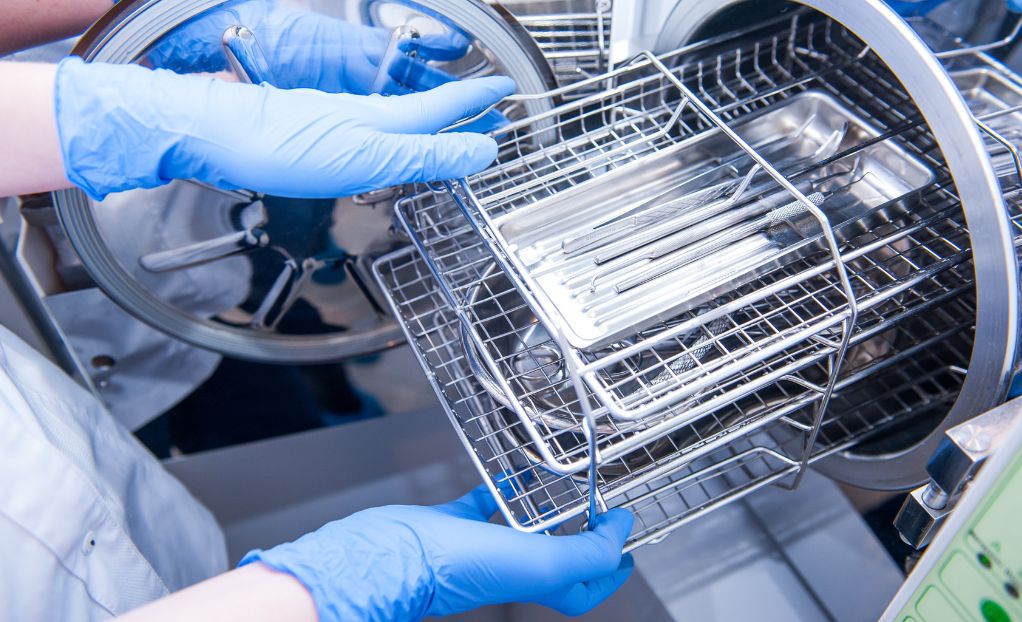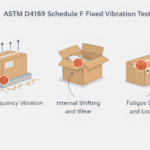Different sterilization methods have been developed to ensure all pathogens can be eliminated from the diverse variety of medical devices in the market today – they are necessary to support optimal patient outcomes and safety within healthcare. Various sterilization methods work best for specific types of devices and their materials makeup, such as plastics, metal, lenses, fiberoptics or other.
In this article we’ll focus on steam sterilization. What makes this method so ideal, and how does it compare to others?
How does steam sterilization work?
Steam sterilization is a common solution due to its efficiencies and benefits. Life Science Outsourcing offers steam sterilization to clients and is the only contract sterilization partner on the west coast to specialize in the process – making this strategic solution (among others) more accessible to medical device manufacturers in the U.S.
The parameters to achieve proper steam sterilization are:
- Steam
- Pressure
- Temperature
- Time
Steam sterilization for medical devices uses saturated, pressurized steam inside an autoclave for a set amount of time to destroy microbes and spores. The medical device, already in its packaging, is placed inside an autoclave and is exposed to thermal energy from high-pressure steam at 121 degrees Celsius. Steam sterilization, as stated by the CDC, is microbicidal and sporicidal and has many benefits, including being non-toxic and having the ability to penetrate fabrics; it is also one of the most affordable sterilization methods available.
This method of sterilization uses two types of autoclaves: Gravity displacement and the high-speed prevacuum sterilizer.
Which medical devices is it best suited for?
Steam sterilization uses a moist heat to destroy microorganisms. While effective, it is not necessarily the right choice for devices that are sensitive to either moisture or heat, such as electronics, certain plastics, or biological materials. Medical devices that commonly use steam sterilization include:
- Respiratory therapy equipment
- Anesthesia equipment
- Surgical instruments
- Implantable medical devices
- Pharmaceutical Vials
If you are uncertain if steam is the ideal method for your medical device sterilization, speak with your contract sterilization partner. They should be able to explain how and why steam is the best solution for you – or if it’s not the right approach, along with other suggestions.
ISO 17665 guidelines
Any steam sterilization service providers should follow the ISO 17665 “Sterilization of Health Care Products – Moist Heat” international standards for the “development, validation and routine control of a sterilization process for medical devices.”
These requirements help manufacturers ensure that devices are properly and effectively sterilized when using a moist heat process. ISO outlines the benefits of their standards as:
- Enhances the safety and sterility of medical devices
- Provides a comprehensive framework for sterilization processes
- Supports compliance with regulatory and quality standards
- Promotes consistency and reliability in medical device sterilization
Originally developed and published in 2006, this ISO standard underwent updates in 2009 and again in 2024.
Looking for the latest ISO 17665:2024 sterilization validation standards?
Click here for our ISO 17665:2024 guide.
Steam sterilization versus other methods
Steam sterilization utilizes moist heat to achieve the destruction of pathogens and microorganisms on medical devices. But how do other options work? Let’s break down a few:
Dry heat
Dry heat applies heated air to medical devices at extremely high temperatures to destroy pathogens by oxidation. It is a slower process than other sterilization methods and requires devices and their materials to maintain integrity when exposed to high heat for a long time.
Irradiation (gamma rays)
Gamma and eBeam sterilization use gamma rays to destroy microorganisms and can be used on a broad range of devices. They can, however, have a damaging effect on fragile biologics.
Ethylene Oxide (EtO)
EtO sterilization uses gas exposure to destroy pathogens. It is typically used on devices that cannot withstand high heat or moisture. It is one of the most popular sterilization methods used for medical devices today.
Glass plasma
Low temperature oxygen or hydrogen peroxide plasma destroy microorganisms and are effective for medical devices that are sensitive to heat and/or radiation.
Steam sterilization for medical devices is a popular option due to its effectiveness and low cost. It is a useful sterilization method for devices that are not sensitive to heat or moisture and does not release toxic chemicals into the environment. Contact us today to ask if steam sterilization is right for your devices, or to discover other methods that may benefit your company and devices.
Looking for more information on this topic? Read 6 Methods for Medical Device Sterilization: How They Work and Which Devices are Ideal.
Start up. Speed up. Scale up. Founded in 1997, Life Sciences Outsourcing is an FDA-registered and ISO 13485-certified organization with services and capabilities spanning the entire medical device product life-cycle – from turnkey manufacturing, testing, validation, and sterilization to precision packaging, fulfillment, and distribution. Email us at info@lso-inc.com or call (714) 672-1090 today to get started.





